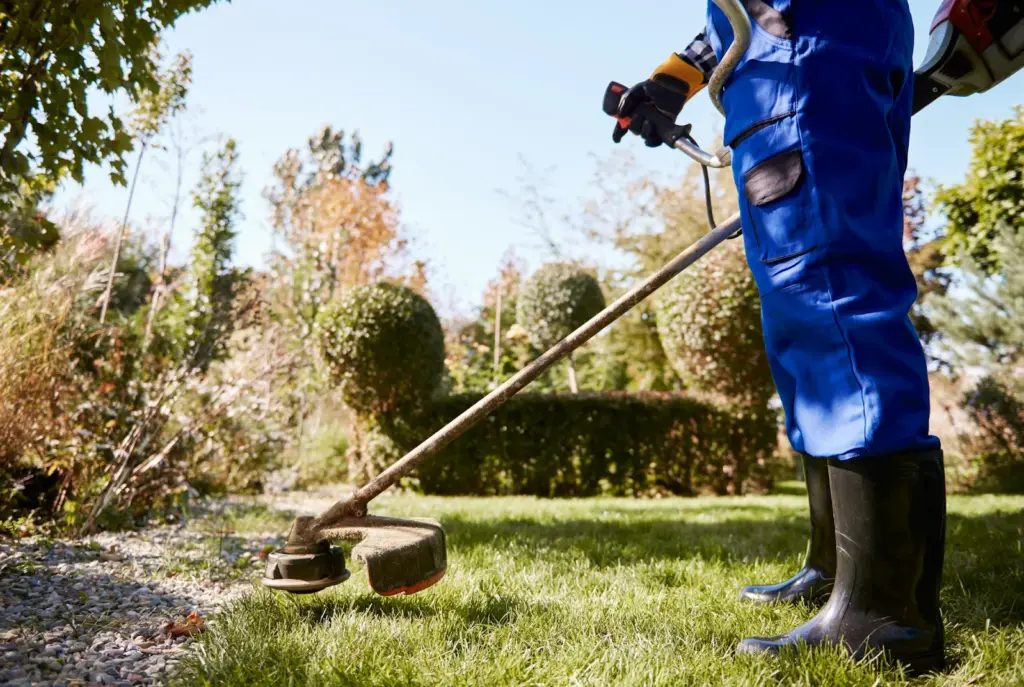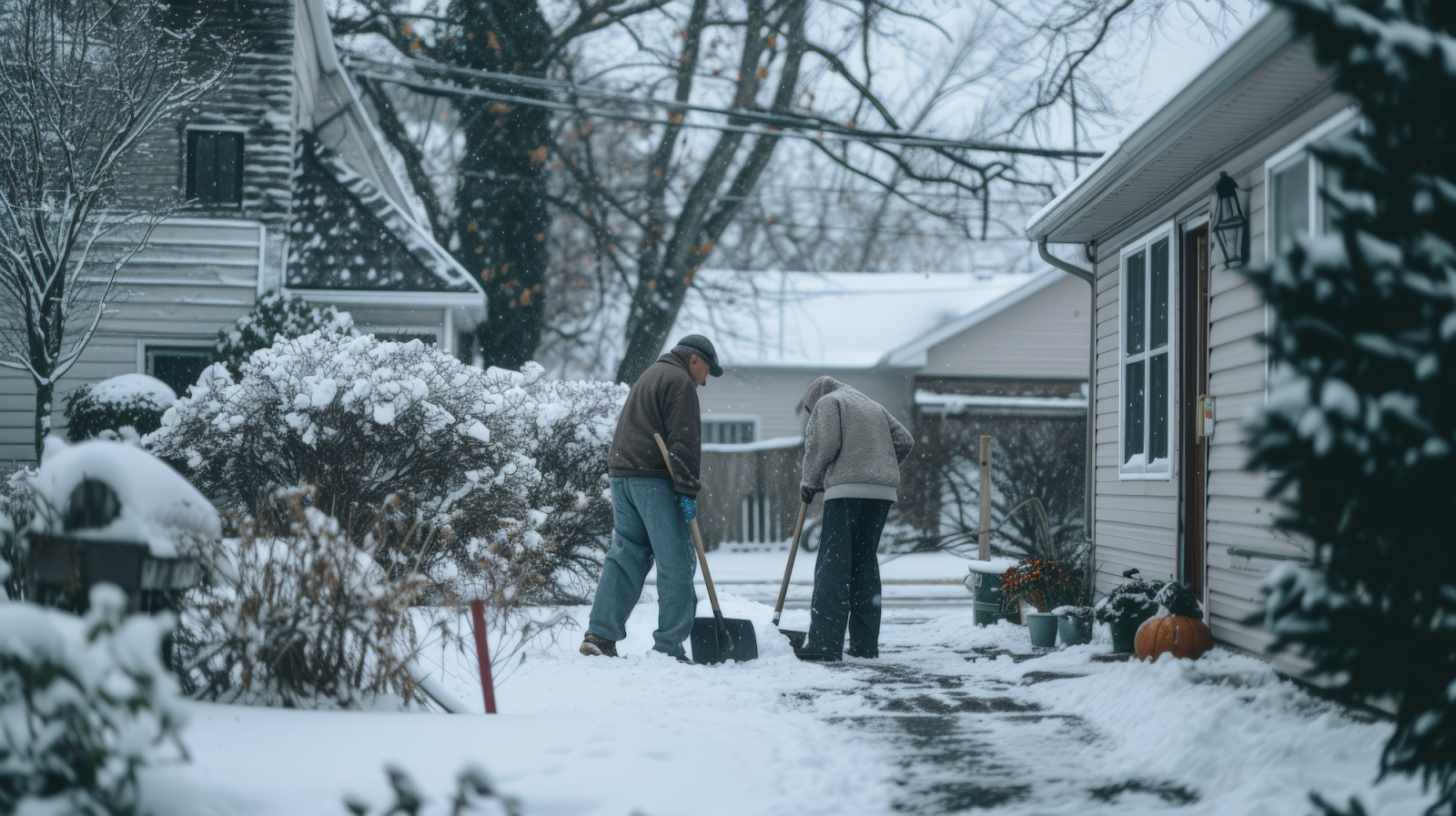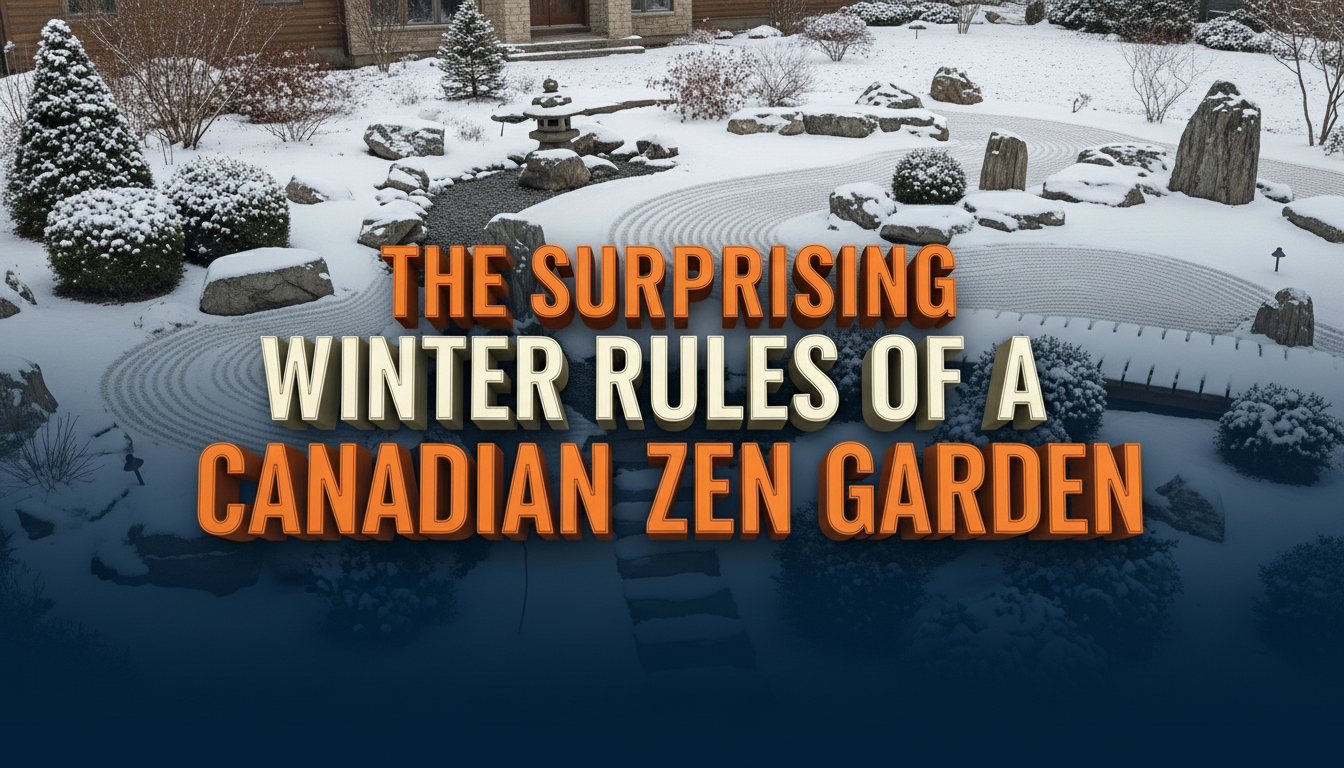Caring for your lawn in autumn involves giving it the attention it needs to stay healthy, strong, and ready for the other seasons. When fall arrives in Canada, many people wonder when it’s time to put the mower away until next year.
Should you keep mowing until the first frost? Is it possible to mow too typically? By paying attention to the local weather and understanding your lawn’s needs, it becomes much easier to make the right decisions for your yard. We are here to help you and give you some practical tips so that when spring arrives, your lawn will be ready to show off.
Signs That Show It’s Time To Put Away The Lawn Mower

Start by observing how the grass in your garden grows. When the weather cools and daytime highs drop below 10 °C (around 50 °F), you’ll likely notice that grass growth slows down significantly. This is your lawn’s way of preparing for winter, meaning it doesn’t need to be mowed as often.
Another clear sign is the regular appearance of frost in the mornings. If frost becomes a common sight, your grass is signaling that the growing season is coming to an end.
It is also a good idea to know what type of grass you have in your garden. Most Canadian lawns feature cool-season grasses like fescue or perennial ryegrass, which tend to stop growing a bit earlier than other types.
The Weekly Mowing Myth: Finding The Right Rhythm
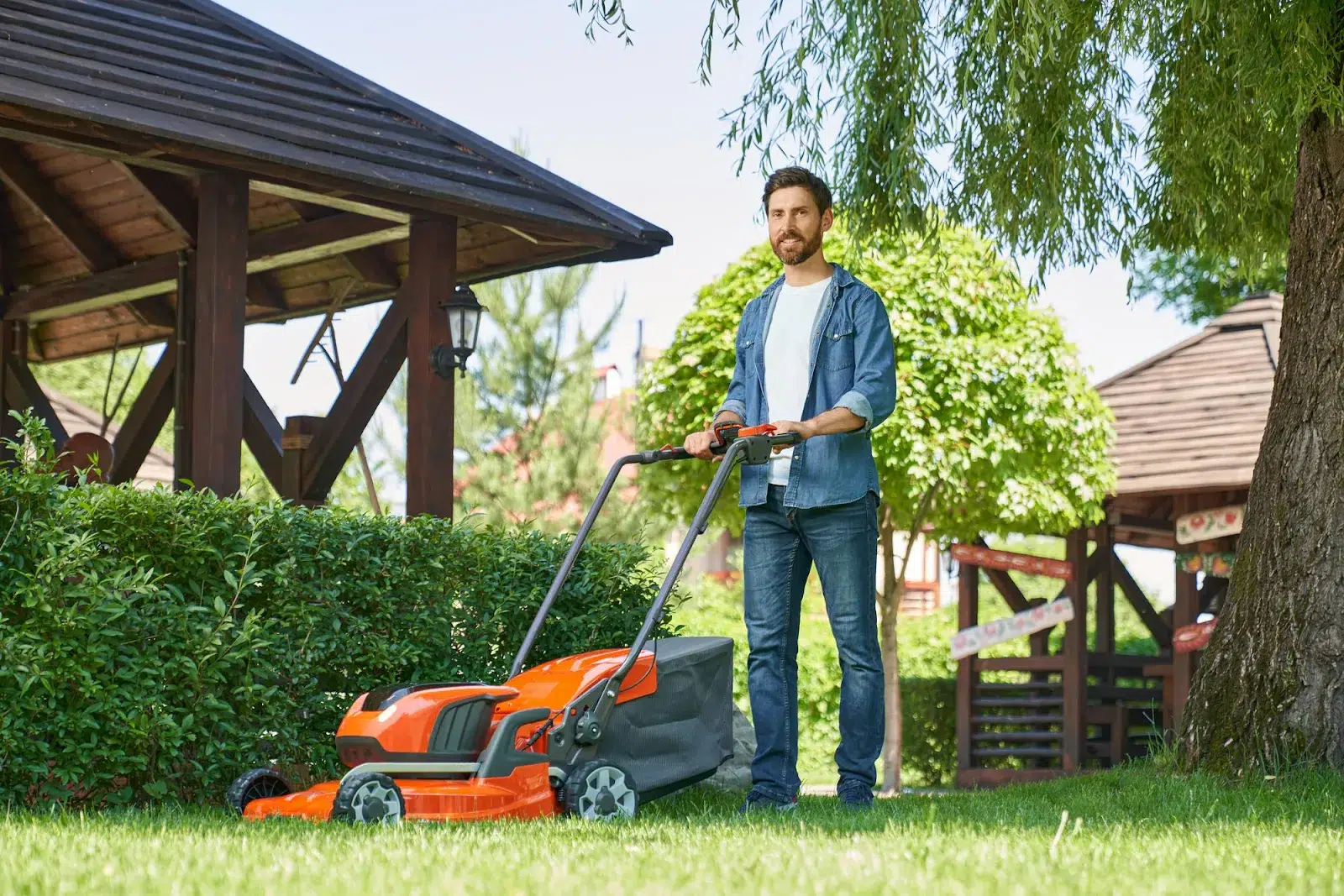
It all depends on how quickly your grass is growing, and by fall, that growth rate slows down a lot. While weekly mowing makes sense during the peak of spring or early summer, it’s not necessary to stick to such a strict schedule as the year progresses.
Mowing too often during this time can cause more harm than good. The fact is that every cut can stress the grass, especially if you cut more than a third of the blade height. Overdoing it in the fall can lead to bare patches, pests, and weakened areas of your lawn.
The best approach is to stay observant. If you check your lawn after a week and see that it hasn’t grown much, it’s perfectly fine to wait until it really needs another trim.
What Happens If You Stop Mowing Too Early?
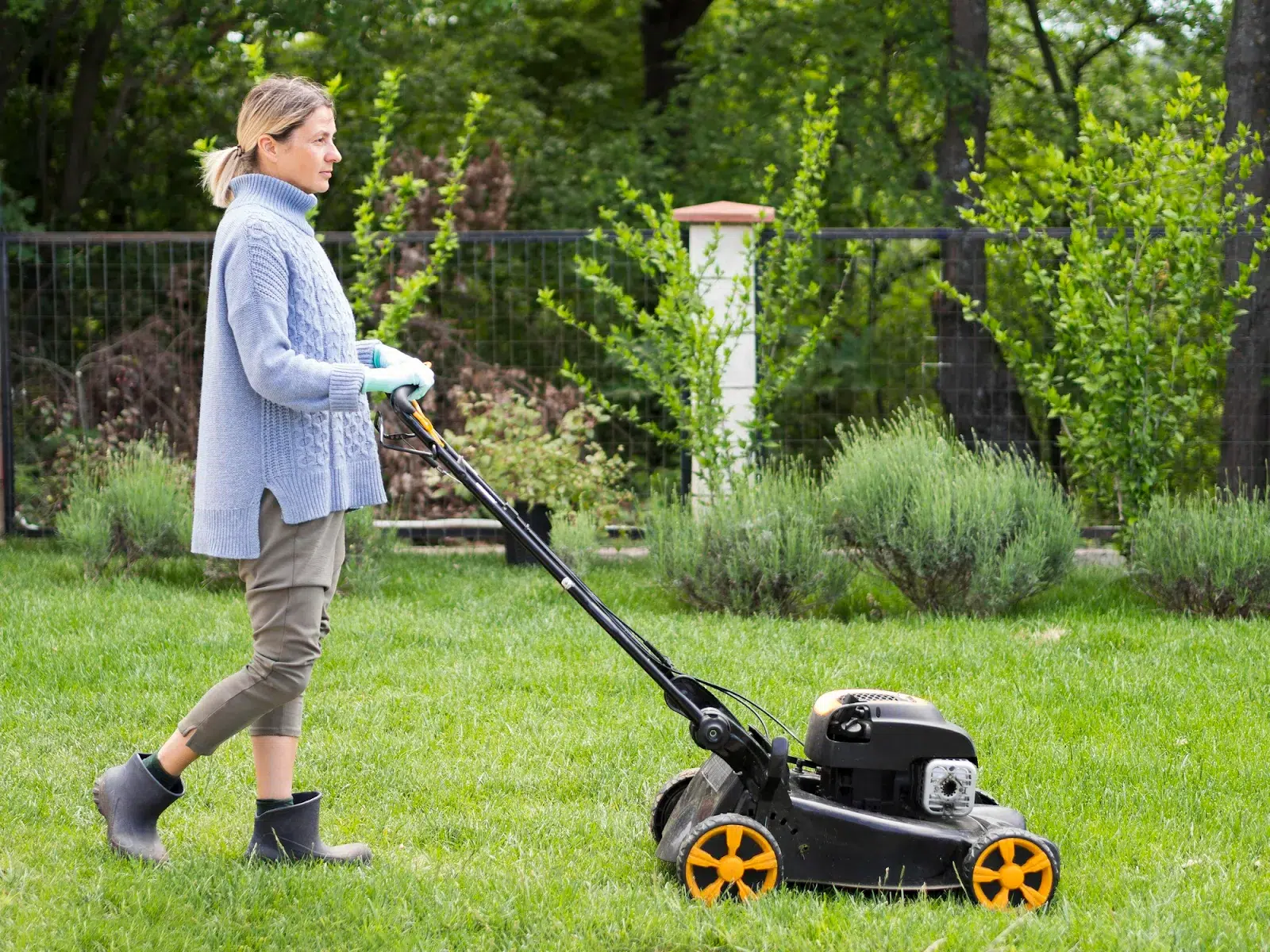
Tempted to store the mower as soon as the weather turns chilly? It could backfire if your grass is still growing. Those last growth spurts of the season can leave your lawn uneven, with taller sections shading and weakening the shorter ones, leading to bare spots by the end of winter.
It’s also easy to overlook the edges of your yard and walkways. Neglecting these areas too soon can give weeds a head start, which means more work for you when the weather warms up again.
The key is to stop mowing after growth has truly slowed down but before the first deep frosts. Once freezing temperatures and frost are consistent, mowing is no longer necessary.
How To Wrap Up Your Fall Lawn Care Routine
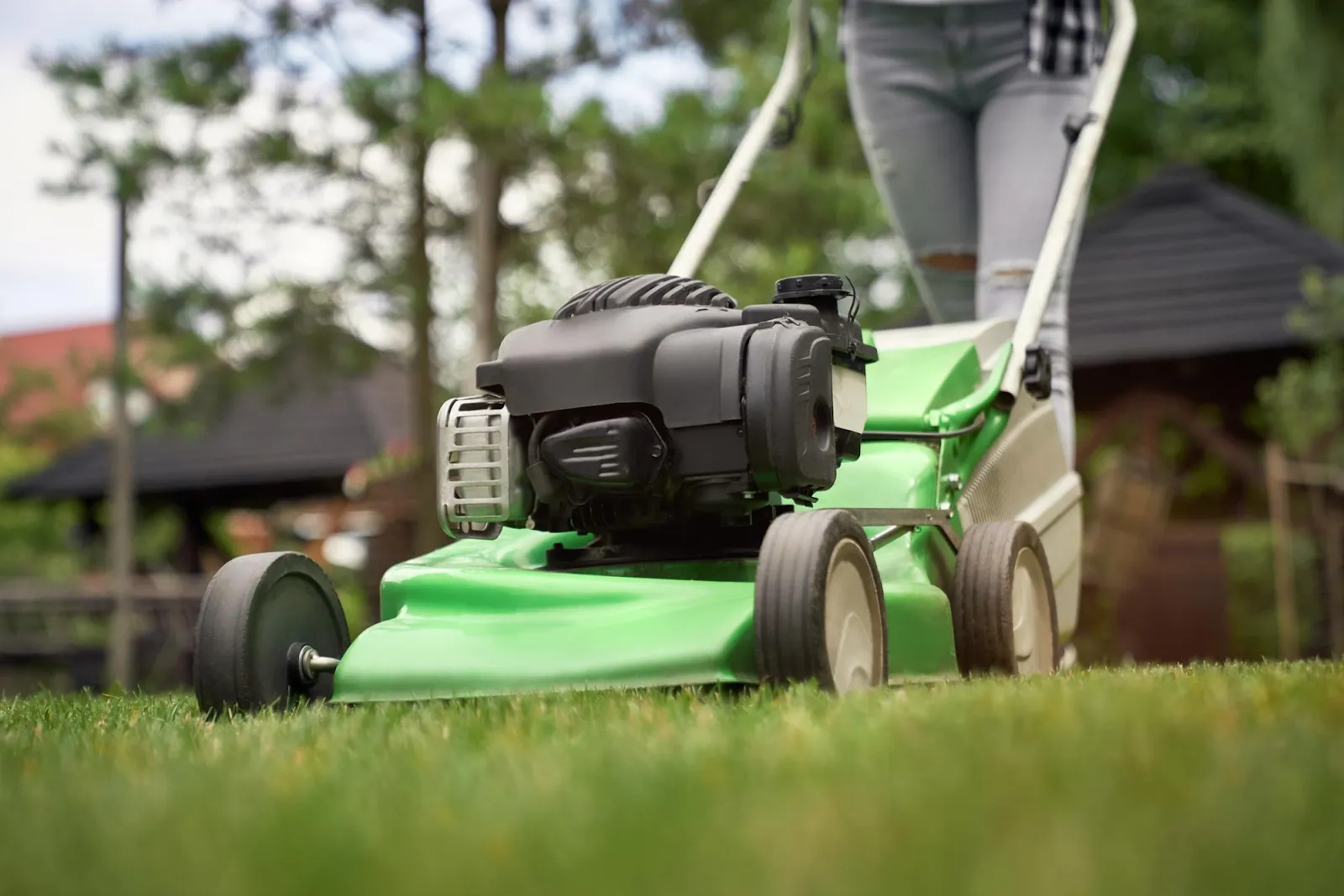
Fall gardening tasks don’t end with the last mow. Once you’ve put away the lawnmower, there are a couple of additional steps you should take to make a difference. If your soil feels compacted and hard, consider aerating your lawn. This helps water, oxygen, and nutrients reach the roots more efficiently.
A good fertilizer for the fall is also essential for caring for your lawn. It allows the grass to store energy for the cold months and grow strongly when the warm weather returns. And of course, don’t forget to clear away fallen leaves and branches before the snow arrives. This keeps your lawn breathing and helps it stay strong.
By paying attention to your lawn’s signals, maintaining the right height and mowing frequency, and adding a little extra care before winter, you’ll enjoy a healthy, vibrant lawn season after season.

